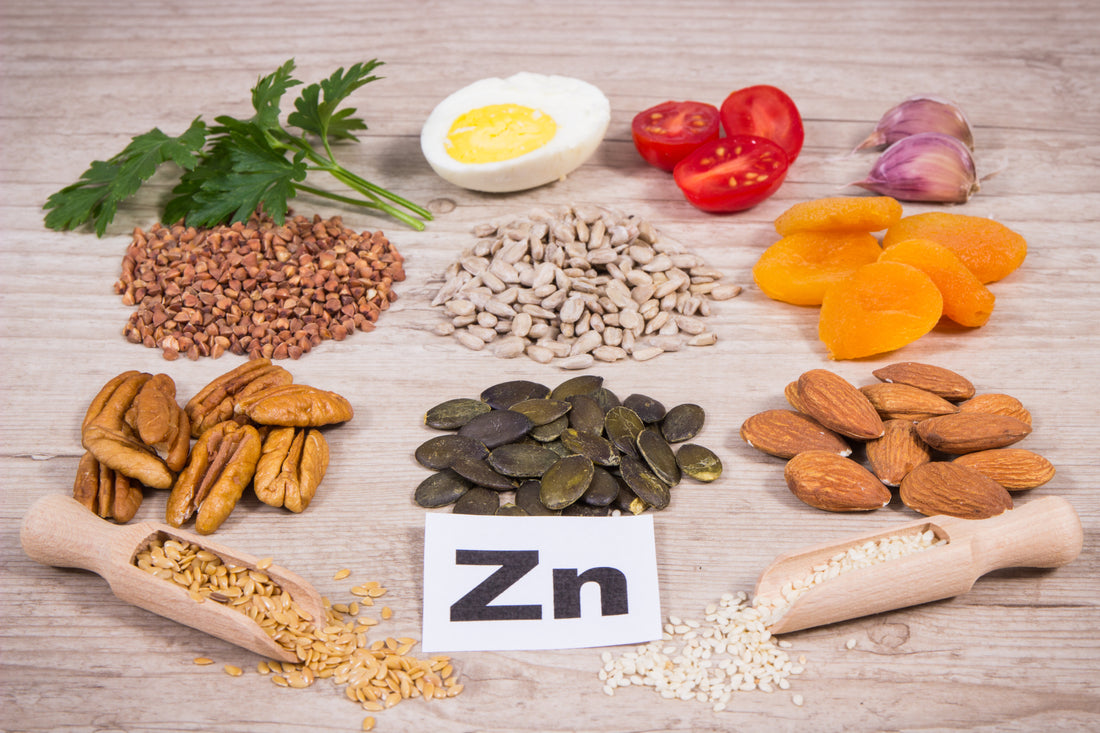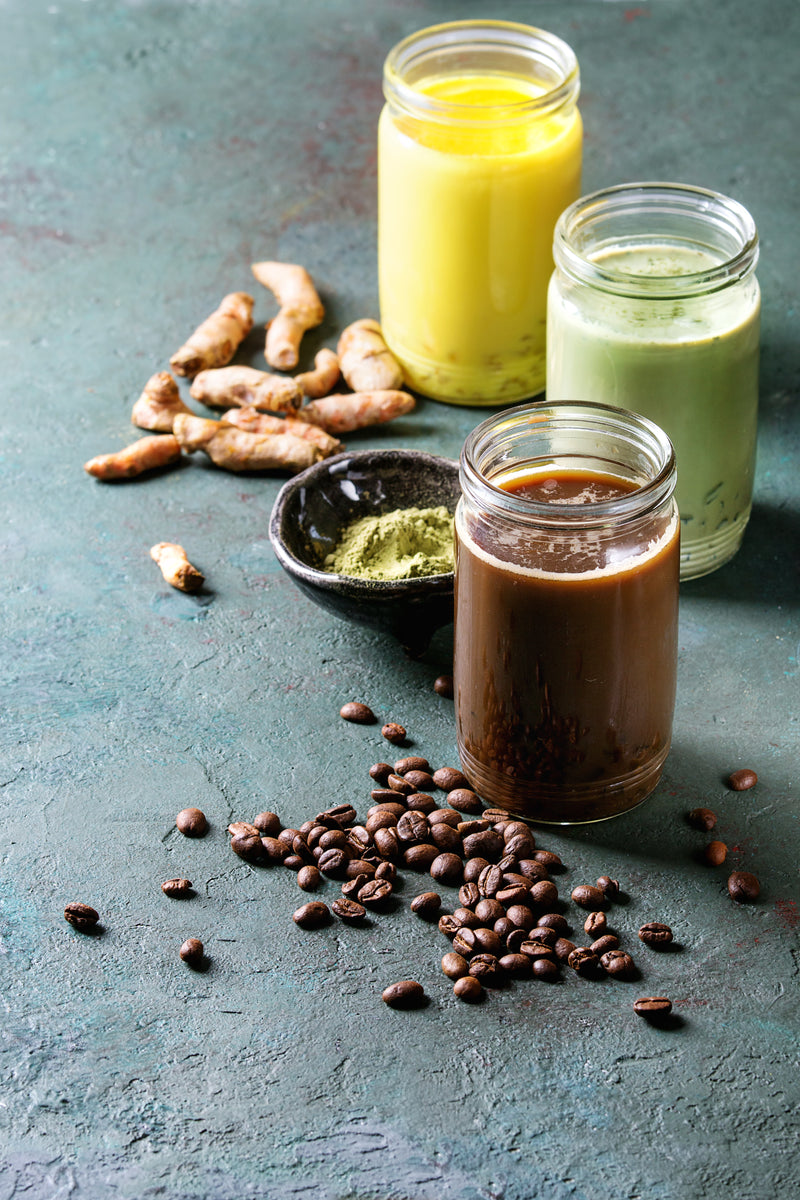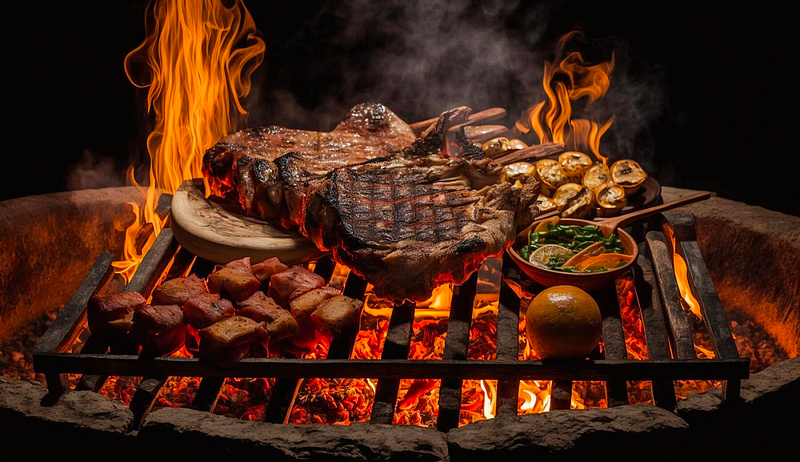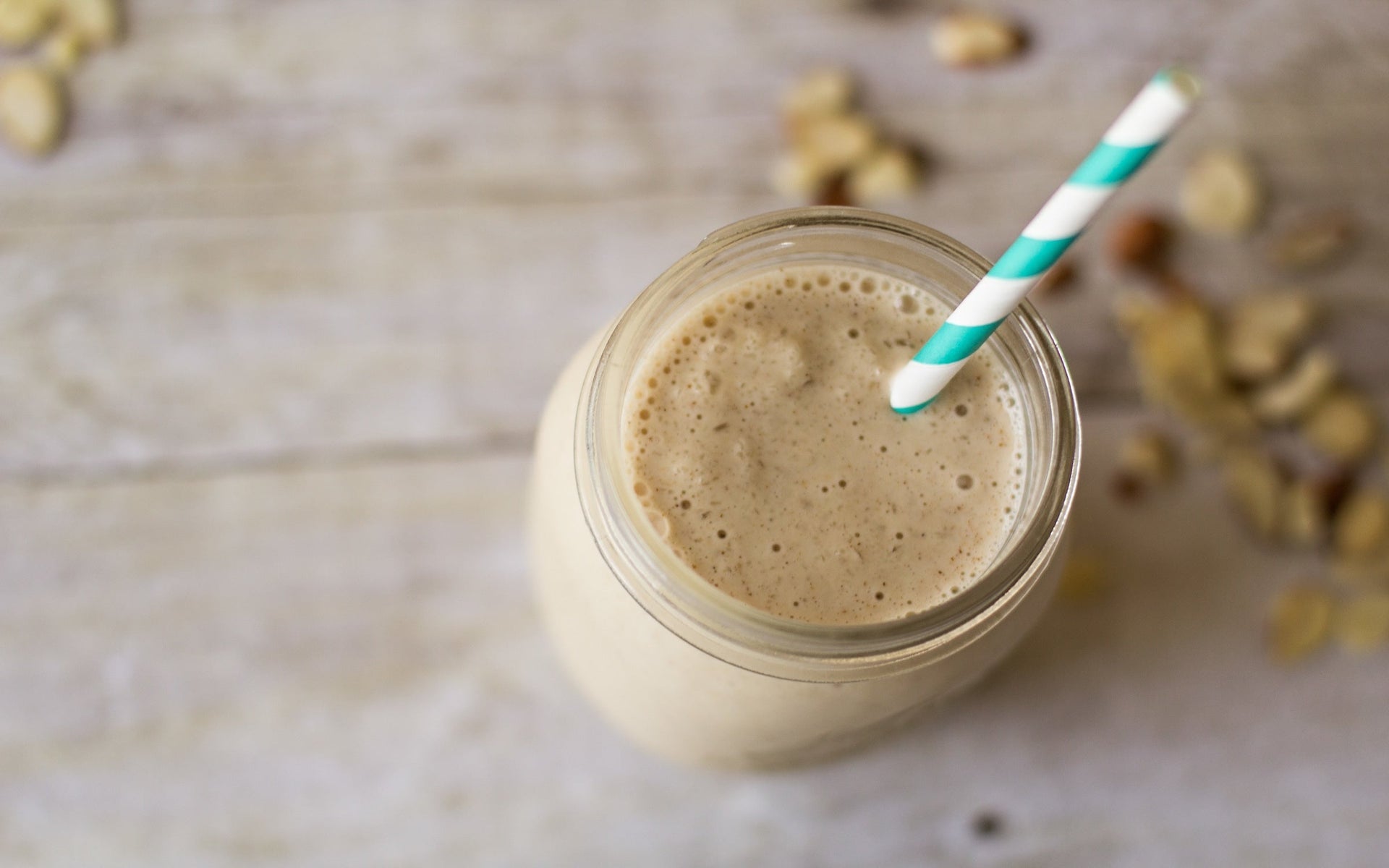5 Amazing Food Sources and Benefits of Zinc
Dr LivingoodShare

One of the main ways your body kills invaders is by transporting zinc into your cells.
You don’t want to overdo it, but 20-50 milligrams of zinc is a good amount to take on a daily basis.
The good news is that you can get a ton of usable zinc from food. I’m going to show you my top 5 zinc-rich foods to eat, and how much they actually deliver into the body.
Oysters
This isn’t going to be in my top 5, because there are reasons that a lot of you might not eat oysters.
Oysters are a bottom-feeder, so you tend to get more chemicals and heavy metals with them, but oysters have a whopping 66 milligrams of zinc in just 3 ounces.
I do think that with the offset of chemicals and heavy metals, oysters aren’t something you want to be eating all the time, especially because it can get expensive.
1. Grass-Fed Beef
Zinc can be found in beef as well, but it must be grass-fed beef. That is crucial to protecting the nutrients and making sure you get the zinc in the meat.
Conventional beef also has a lot of inflammation, which is going to counteract the immune support that zinc gives you.
If it is grass-fed, beef has 7 milligrams of zinc for every 3 ounces. That means if you make yourself a 6-ounce burger patty, you’re getting 14 milligrams of zinc.
Try to skip the bun and try a lettuce wrap, or just eat it plain with some ketchup and pickles.
2. Free-Range Chicken
Free-range chicken is the same concept as grass-fed beef. Remove the hormones and the chemicals that come with the antibiotics often fed to farm animals, and allow yourself to get clean meat.
You get 2.4 milligrams of zinc in a 3-ounce serving of chicken. In an average-size chicken breast, you’re getting around 5 milligrams of zinc.
3. Pumpkin Seeds
Pumpkin seeds have all kinds of benefits to them, including zinc, so try putting them in a salad or having them as part of a trail mix.
Just make sure they’re not roasted in bad oil—you want to get them dry-roasted.
I also recommend using them inside of a smoothie or using them in baking. Those are some of the easiest ways to get them in.
You get 2.2 milligrams of zinc for every ounce of pumpkin seeds that you eat.
Just a couple of ounces of pumpkin seeds on a salad or in a trail mix, and you have yourself a nice daily dose of zinc.
4. Cashews
You can have cashews inside that same trail mix! Again, you want these dry-roasted, or raw.
Cashew butter would also be a good option.
Cashews have 1.6 milligrams of zinc in every ounce. These are a snack that could help satisfy you if you have a sweet tooth.
5. Kidney Beans
There are multiple beans that give you zinc, but just a half-cup of kidney beans gives you 1.1 milligrams of zinc.
Summary
You might be thinking that if you eat all of these foods, you’re going to have too much zinc in your body.
But this is the most bioavailable zinc you can take, which means the body is more apt to take what it needs, and let what it doesn’t need pass right through you.
This is opposed to forcing it in, or high-dosing with supplementation.
I like to stay around the 20-40 milligram range on a daily basis, depending on what foods I eat that day.
This is very important for your prostate, especially if you have those issues.
It’s also important for immune protection, and if you’re having mouth sores or infections regularly.
These are fantastic food sources that you can use to get zinc in. If you like oysters, don’t overdo them. I would focus more on the burger, chicken, pumpkin seeds, cashews, and kidney beans.
Speaking of immune-boosting foods, I made an entire video breaking down not only sources of zinc, but of 13 other nutrients as well, and how you can get them.
Share
Related Articles
Most Popular
-
The 5 Amazing Benefits of Omega-3s
August 13, 2024 -
Healing Your ‘Second Brain’: The Path to a Healthier Gut
August 13, 2024







